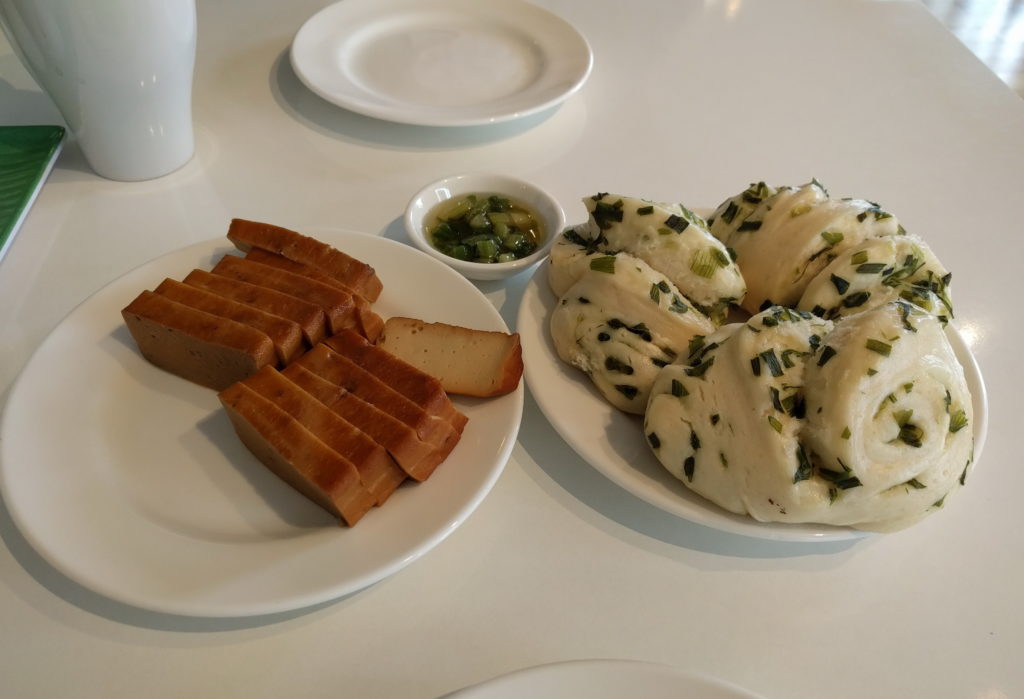Oregon Historical Society: Chinese Genealogy Seminar
Presented by Amy Chin, Trish Hackett Nicola, and Hannah Z. Allan,
$40 / $25 for Members
Saturday, March 26, 2016 10AM – 3PM
A Journey to Unforgetting: Finding Chinese American Roots
By Amy Chin | 10am – 12pm
For decades, Amy Chin’s family carefully saved records, objects, and other personal artifacts. Part of her family’s story is recreated in a 12-panel graphic novel inside the Chinese American Exclusion/Inclusion exhibit now on view at the Oregon Historical Society. In piecing it together for the exhibition, Amy delved deeply into government archives and other repositories in the U.S. and China to find out more about her family’s past (going back nearly 5,000 years). Amy will talk about that research, the journey, and some of the secrets uncovered along the way. She will also provide an overview and reveal tips and tricks to researching Chinese American genealogy.
Bio: Amy Chin is an arts management consultant working with non-profit companies, government agencies, foundations, and individual artists. She has been researching Chinese American history and genealogy since childhood and beginning in 2011, in addition to her own research, has provided select genealogy consultation services to private clients. Amy holds a B.A. in East Asian studies from Barnard College, Columbia University.
Break | 12pm – 1pm
Chinese Exclusion Act Files: A Treasure Trove of Original Documents and Information
By Trish Hackett Nicola | 1pm – 2:30pm
Thousands of lives were impacted by the Chinese Exclusion Act of 1882. In this talk, Trish Hackett Nicola will discuss why the Act was created, as well as the many records that were created as a result, as well as how to find these records. Many of these records contain photographs, Chinese village maps, U.S. birth and marriage certificates, witness affidavits, court documents, and pages of interrogations. See examples of the unique documents that can be uncovered in these files, and learn about the rich details of the lives of Chinese in the late nineteenth and early twentieth centuries.
Bio: Trish Hackett Nicola is a volunteer at the National Archives – Seattle and has worked with the Chinese Exclusion Act case files for fourteen years. She is a retired CPA and librarian and is a Certified Genealogist. Though she is semi-retired, she is still actively working with the Chinese records.
Chinese and Genealogy Resources at the Oregon Historical Society Research Library
By Hannah Z. Allan | 2:30pm – 3pm
The Oregon Historical Society Research Library has a wealth of resources including newspapers, business papers, books, and photographs that can help you fill in the gaps to your ancestors’ histories. In the final segment of the seminar, learn how to access these historical treasures and use them to enrich and expand your story.
Bio: Hannah Z. Allan, a BYU Family History and Genealogy graduate, is the genealogist for the Oregon Historical Society and a popular family history speaker who has spoken at venues across the nation. She is the Vice Chair for the Portland Metro Cemetery Advisory Committee and the Director for the BYU myFamily History Youth Camp.







